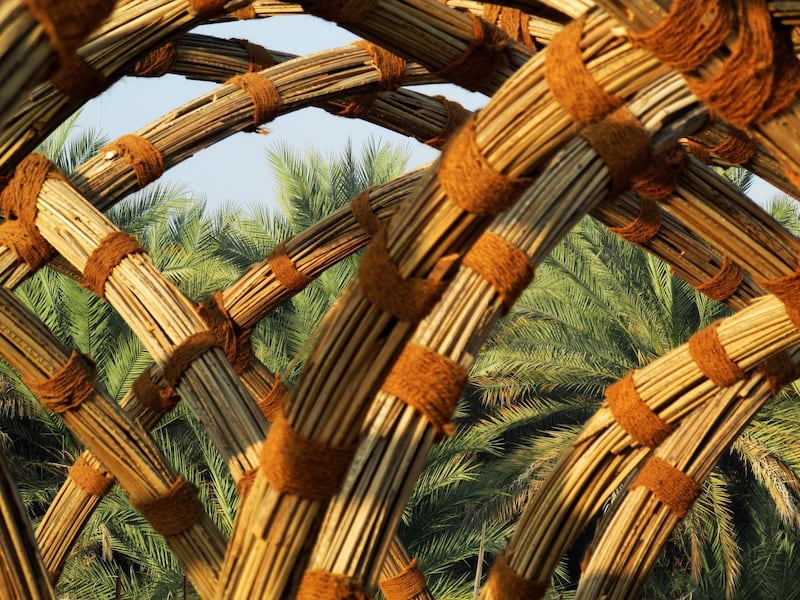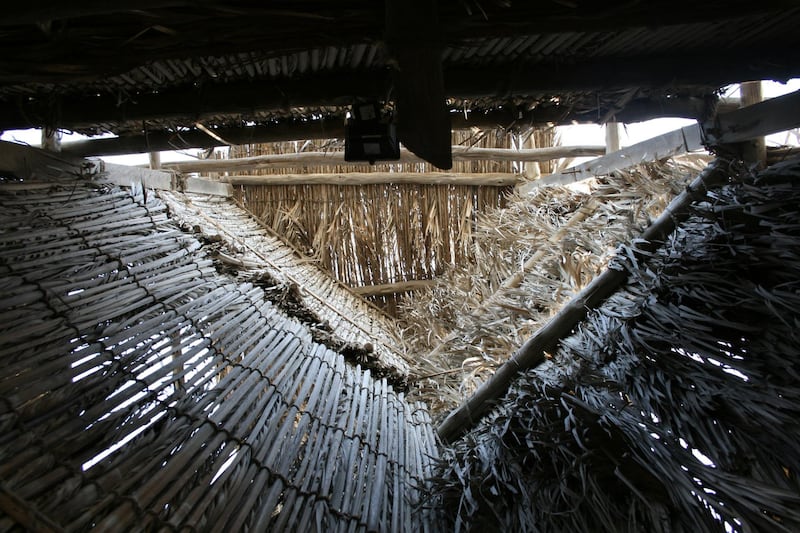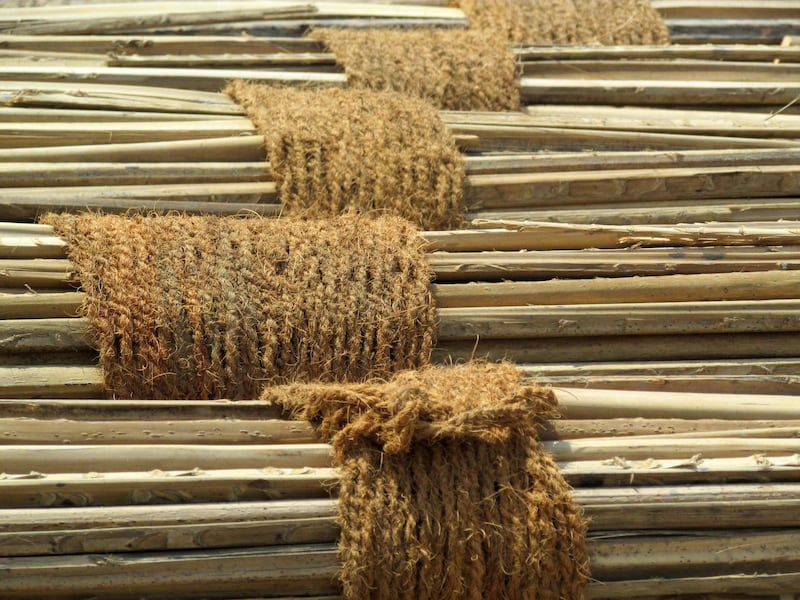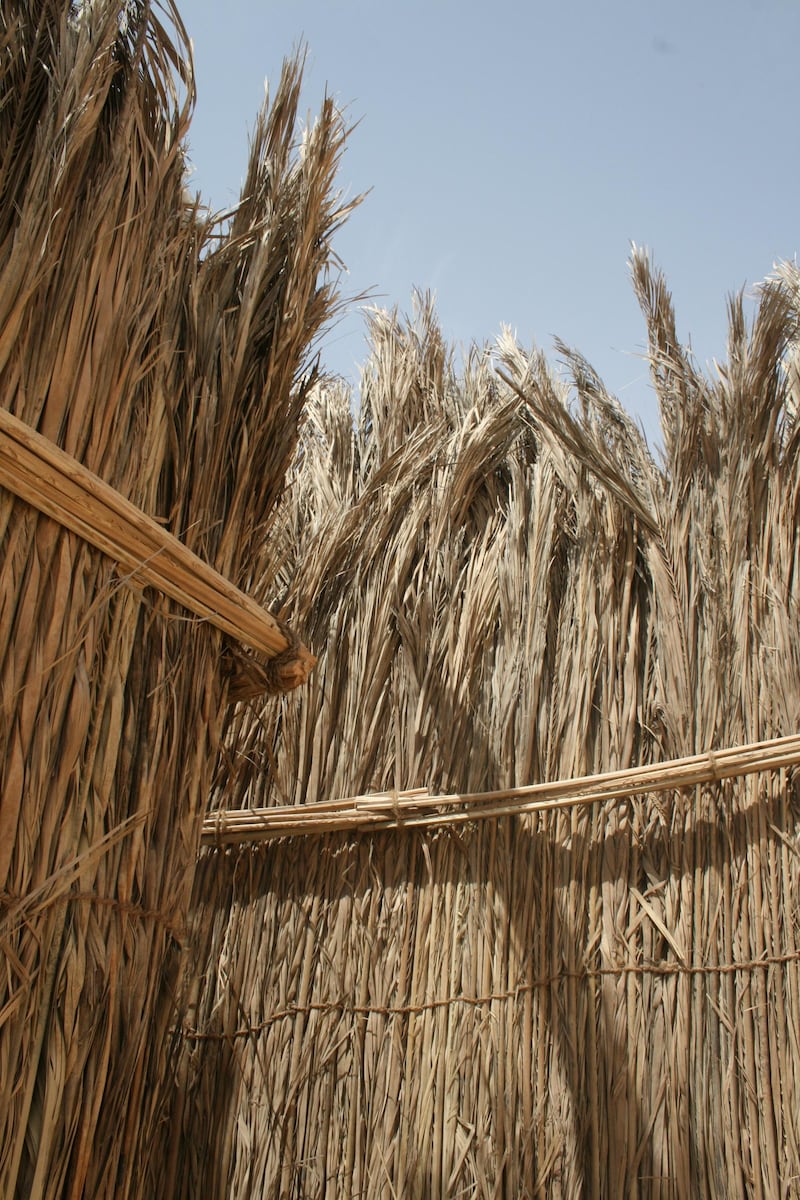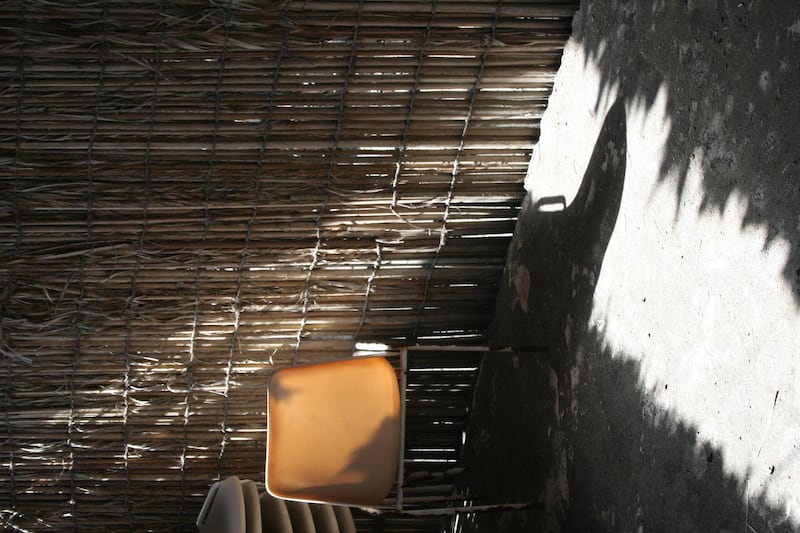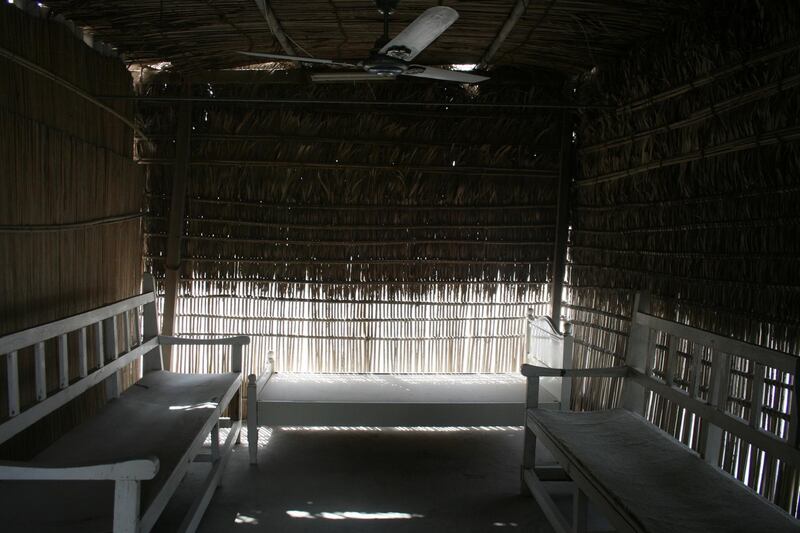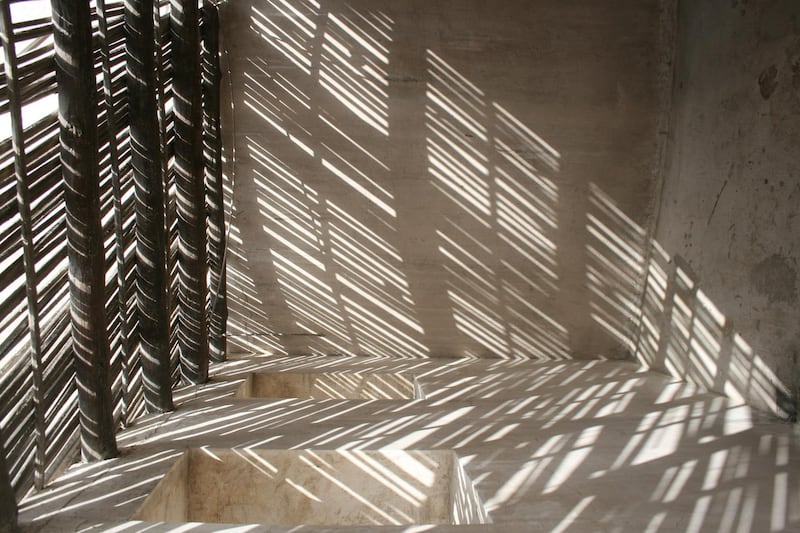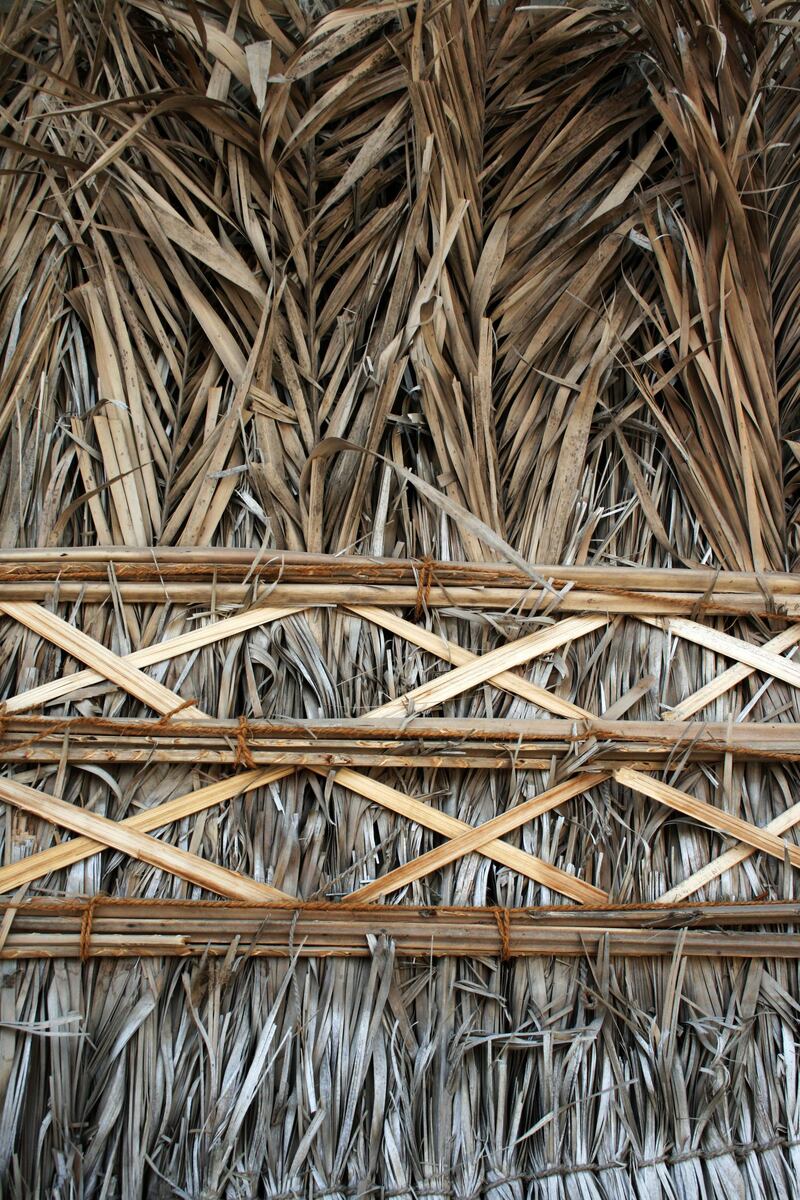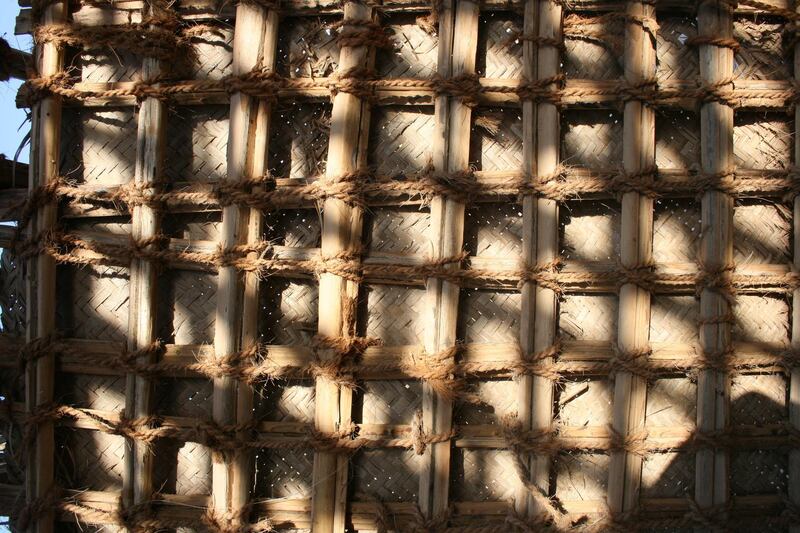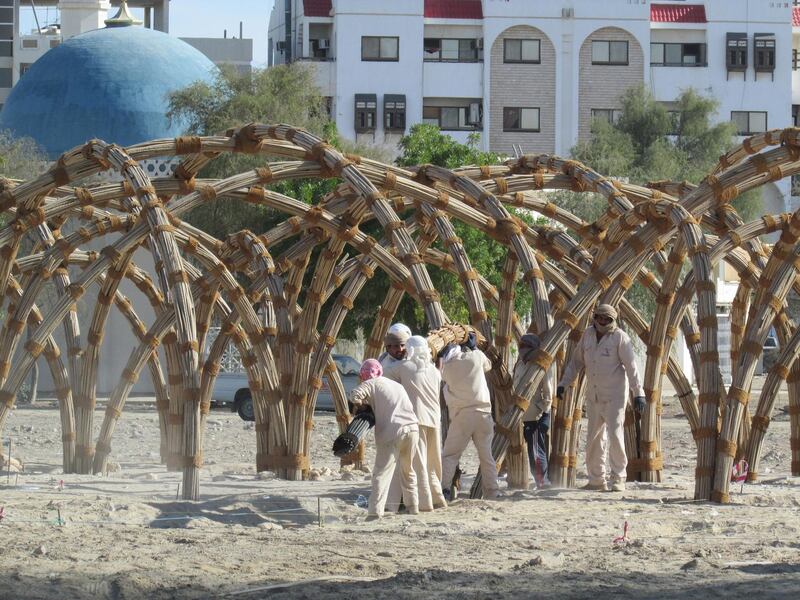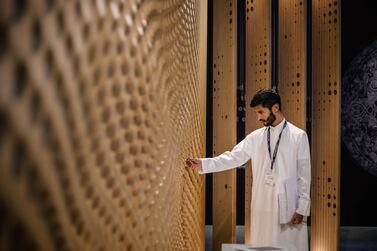Venerated in the Gulf, the date palm has offered the region's inhabitants food, shade and shelter for millennia. In a pandemic-stricken world facing climate change, it may still have more to give, says architect Sandra Piesik.
Piesik, who is also a researcher and author, has been studying the subject of arish – or palm-leaf architecture – since 2008. For years she has been advocating for the return of arish and the use of traditional technologies in constructing buildings and structures. Now more than ever, she says, such shifts towards vernacular architecture, which focuses on indigenous materials, can steer the Middle East towards a more sustainable future.
On Monday, Piesik will participate in Tashkeel's Live Lectures series to outline the role of art and design in rebuilding a post-pandemic society. The lecture, titled Date Palm Universe in the Post-Covid-19 World, will explore how arish and vernacular architecture can aid a global green recovery.
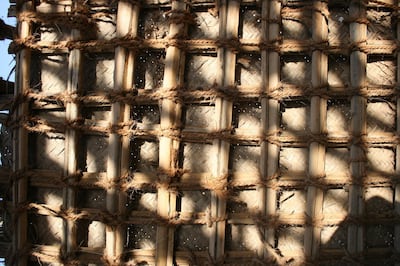
“The UAE has 42 million date palm trees, and there are other similar materials that grow in the Arabian Peninsula and North Africa,” Piesik says, and that each could produce 10 to 25 dried palm leaves every year. Instead of being treated as agricultural waste, as it is now, these can be used as raw materials for arish structures.
“It’s important because we need to find new ways of using this material today that respond to the social aspirations of the people of the UAE and the region,” she says. Looking to the UAE’s past, Piesik cites an archaeological site on Delma Island, off the coast of Abu Dhabi. Once a centre for pearl trading in the Gulf, it is also the location of a 7,000-year-old house made from palm trunks.
“The Middle East was doing something environmentally friendly 7,000 years ago. People responded in a very ingenious way to their landscape,” she says. The material helped with the extreme heat, reflecting the sun 50 per cent better than concrete and glass.
In the 1950s, arish was a common facet of the urban landscape in the Gulf. Building houses from palm leaf was a community affair, with tribes and families working together to complete the residences. “The biggest capacity of scale you could see in pictures of Dubai and Abu Dhabi from the 1950s had 4,000 family houses housing 12,000 people in Dubai, and about 800 houses in Liwa.”
With the discovery of oil, the UAE sped up its progress and reshaped its architectural identity. Over the years, arish fell out of favour as materials such as concrete, glass and steel dominated construction projects. “It was a social transition, I think. It’s seen everywhere, what we call modernisation,” Piesik says.
Arish also fell behind in terms of innovation. “The material itself has not undergone stylistic changes and technological evolution. The material is not durable compared to concrete,” she explains.
Its revival will need effort and time. Traditional materials, such as bamboo, have been able to stay relevant in contemporary use because of testing and research. Piesik hopes arish will follow the same path.
A boost in research and development will allow architects and designers to understand the material’s strengths and appropriate uses. This includes analysis and testing in laboratories, as well as more educational resources for practitioners. “It needs to be owned by an organisation at the national level to ensure that this knowledge is not stopped and it stays with the nation and the region,” she says.
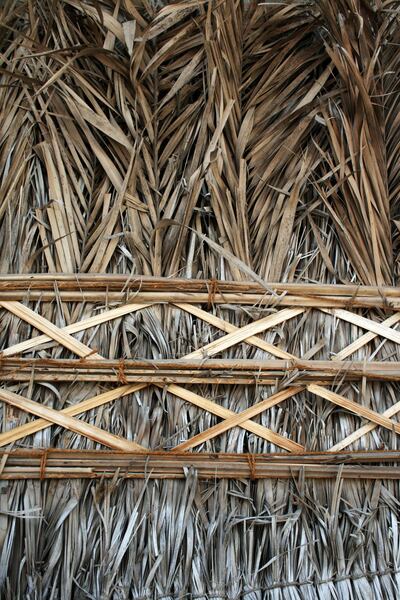
Most of the craftspeople who have perfected the use of arish, some of which Piesik interviewed for her book on the subject titled Arish: Palm-Leaf Architecture, have died. It is up to the younger generation to develop hybrid solutions to ensure that the knowledge doesn't disappear completely.
“Artists and the creative industry need to be the co-creators of this new post-Covid-19 story, with a full understanding of what the material of arish is doing environmentally and what this material can do for the authentic culture of the community,” Piesik says.
“There is no doubt that we could re-engage arish today, but it takes time. It is a journey that we need to do together, led by local people and local communities. It is also the story of vernacular architecture, of the planet. It’s a story of humanity, I think."
By speaking to more creatives and promoting “cultural continuity”, she hopes to see a resurgence in a practice that was once so vital for Emiratis and remains invaluable to the UAE’s heritage.
More information on Sandra Piesik's online lecture is available on Tashkeel's website
